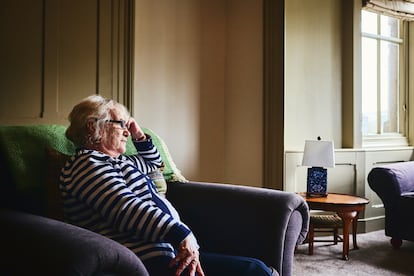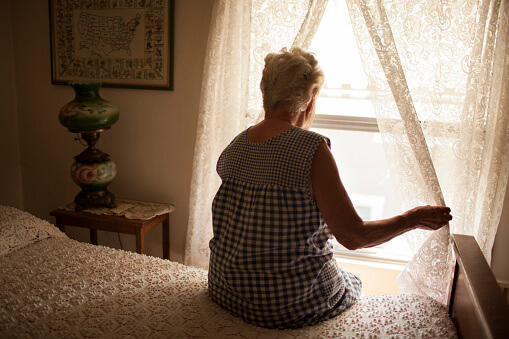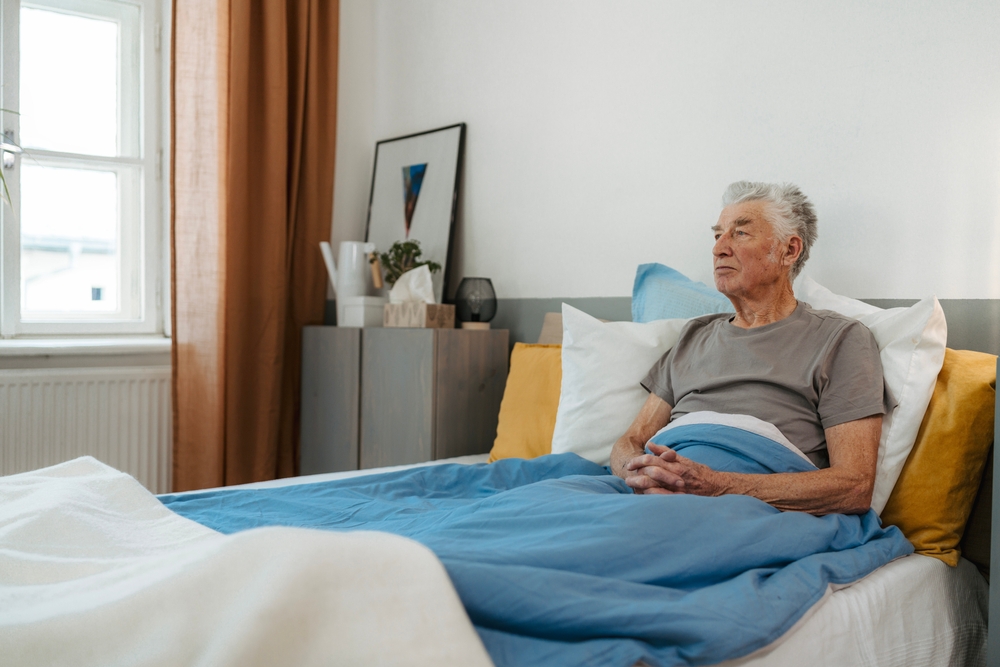Creating a safe home environment is crucial, especially for seniors who are more prone to falls. Removing fall hazards at home is not just about preventing accidents; its about ensuring peace of mind and maintaining independence. In this article, we will explore various strategies to make your home safer.

The Importance of Fall Prevention
Falls are a leading cause of injury among seniors, often resulting in severe consequences. According to the World Health Organization, millions of older adults experience falls each year, leading to fractures and hospitalizations. Therefore, it’s essential to understand and mitigate the risks associated with falls.
Identifying Common Fall Hazards
Before you can remove fall hazards, you need to identify them. Common hazards include slippery floors, cluttered pathways, and poorly lit areas. Each of these can be a potential danger, especially for those with limited mobility.
Slippery Floors
Bathrooms and kitchens are notorious for having slippery surfaces. Installing non-slip mats and using appropriate footwear can significantly reduce the risk of slipping.
Cluttered Pathways
Clutter can obstruct pathways and lead to tripping. Regularly cleaning and organizing your living space can prevent unnecessary falls.
Poor Lighting
Adequate lighting is essential, especially at night. Consider installing motion-sensor lights to enhance visibility in dark areas.
Implementing Home Modifications
Home modifications can make a significant difference in fall prevention. Simple changes can enhance safety and accessibility.
Install Grab Bars
Grab bars in bathrooms and along staircases provide support and stability, helping to prevent falls. You can learn more about senior-friendly home designs here.
Use Non-Slip Rugs
Replace loose rugs with non-slip alternatives to prevent tripping. Secure them with rug pads or double-sided tape.
Rearrange Furniture
Ensure that furniture is arranged to create clear pathways. Avoid having sharp corners in high-traffic areas.
Technological Aids for Fall Detection
Technology can play a significant role in fall prevention. Devices like smart home sensors offer an added layer of safety.
Wearable Devices
Wearable fall detection devices can alert caregivers in case of an emergency. These gadgets are designed to detect falls and send immediate notifications.
Non-Wearable Sensors
Non-wearable sensors can be installed in the home to monitor movement and detect falls. Learn more about the different types of fall detection systems.
Promoting Physical Activity for Balance
Regular exercise strengthens muscles and improves balance, reducing the likelihood of falls. Activities like Tai Chi are particularly effective.
Strength Training
Incorporate strength training exercises to build muscle mass. This helps in maintaining stability and coordination.
Balance Exercises
Practicing balance exercises can improve overall stability. These exercises are simple and can be done at home without any equipment.
Consulting a Professional
Sometimes, seeking professional help is the best course of action. Occupational therapists can provide personalized advice on fall prevention strategies.
Home Safety Assessments
Professionals can conduct home safety assessments to identify potential hazards and recommend modifications.
Personalized Exercise Programs
Therapists can design exercise programs tailored to individual needs, focusing on improving strength and balance.
Emotional and Social Considerations
Fall prevention isn’t just about physical safety; it’s also about emotional well-being. Feeling safe at home can significantly improve one’s quality of life.
Building Confidence
Knowing that your home is safe can boost confidence and independence, especially for seniors living alone.
Community Support
Engaging with community programs can provide social support, reducing feelings of isolation and loneliness.
Conclusion
Removing fall hazards at home is a responsibility that requires attention and action. By identifying risks, implementing modifications, and utilizing technology, we can create a safer environment. Remember, fall prevention is an ongoing process that involves everyone in the household.

FAQs
Why is fall prevention important?
Fall prevention is crucial because it reduces the risk of injuries and enhances the quality of life for seniors.
What are some common fall hazards at home?
Common hazards include slippery floors, cluttered pathways, and poor lighting.
How can technology help in fall prevention?
Technology, such as wearable devices and smart home sensors, can detect falls and alert caregivers, providing an extra layer of safety.
For more information on fall prevention, you can visit this external resource.
This article contains affiliate links. We may earn a commission at no extra cost to you.






